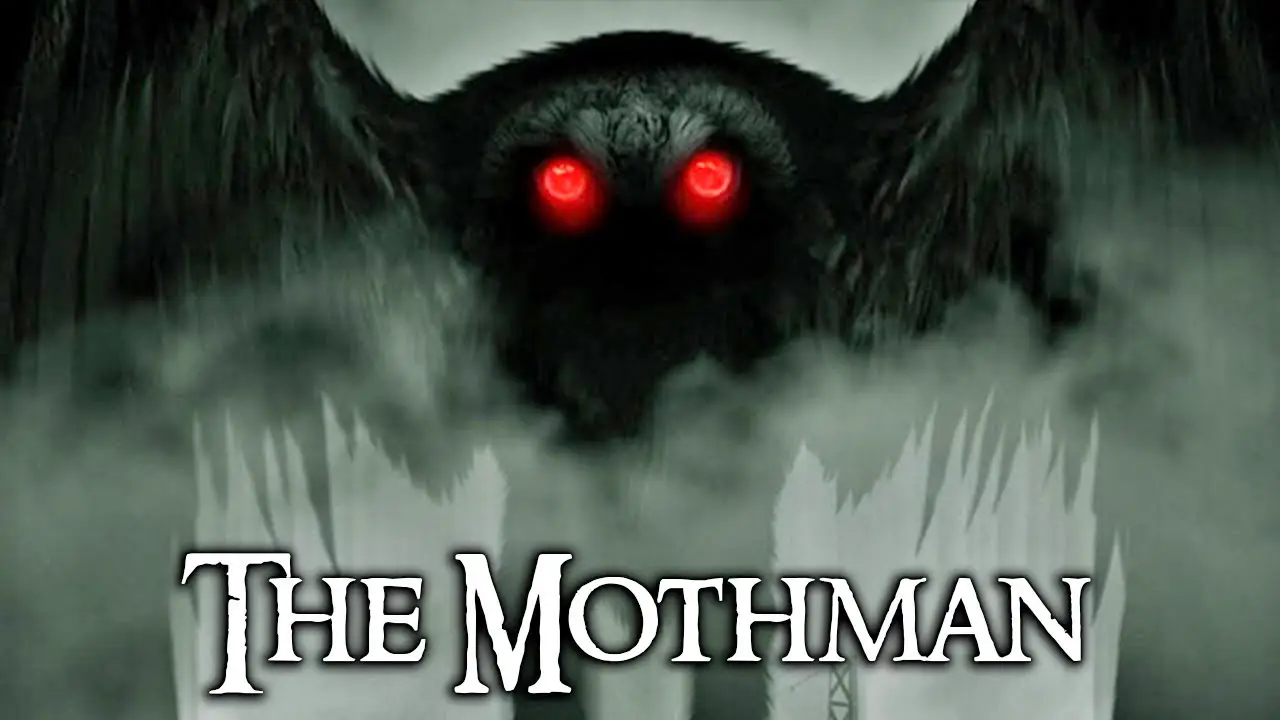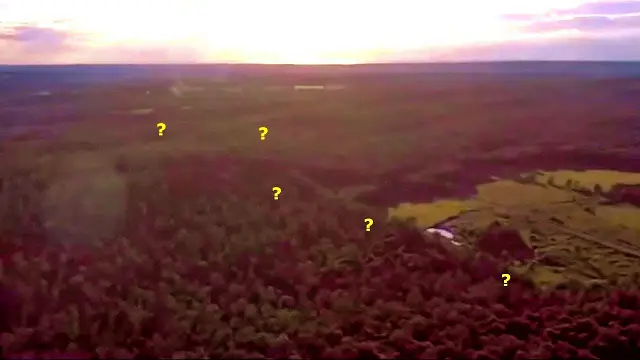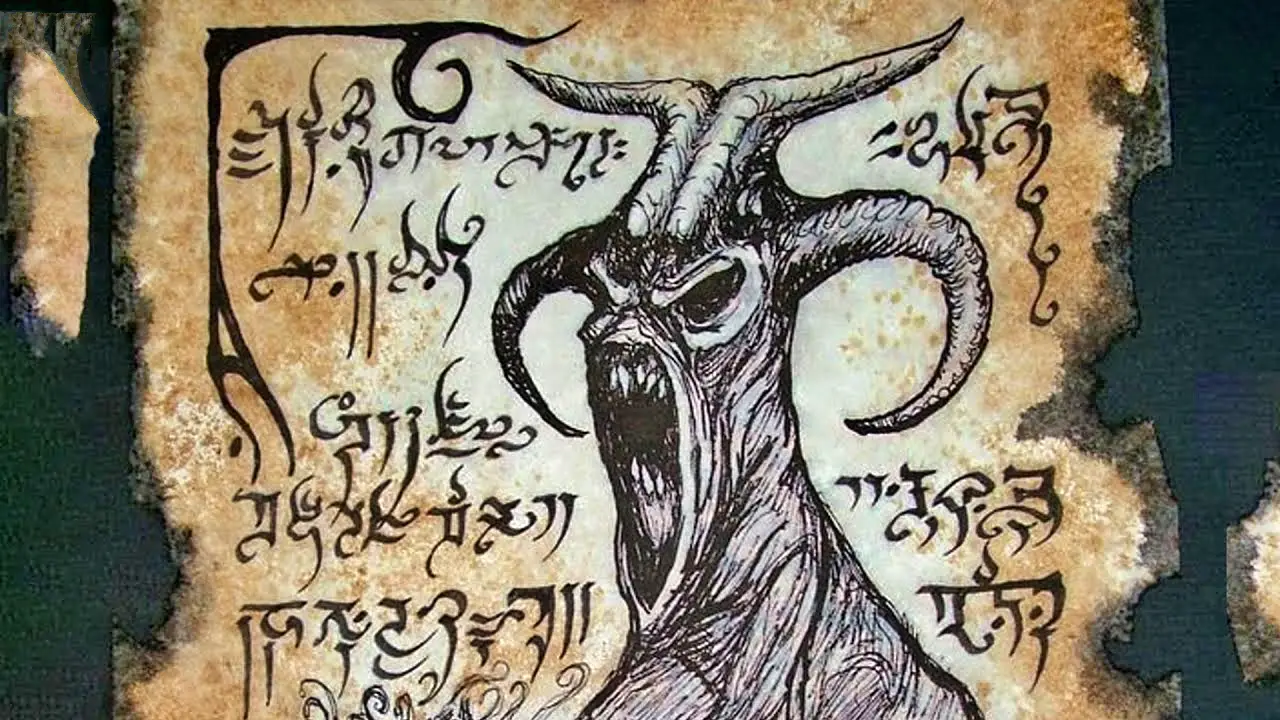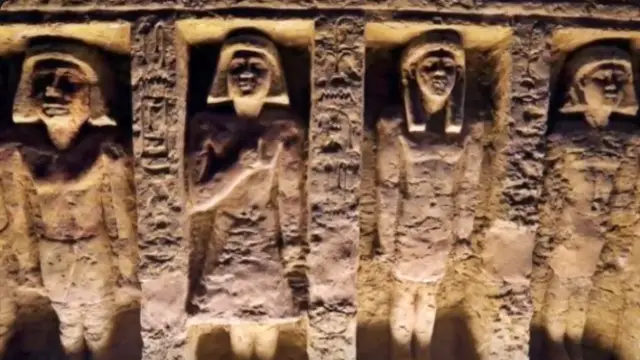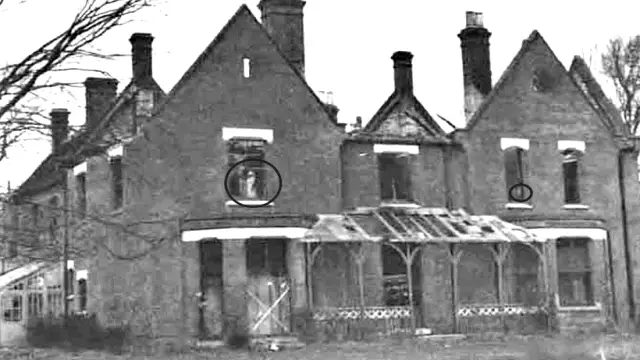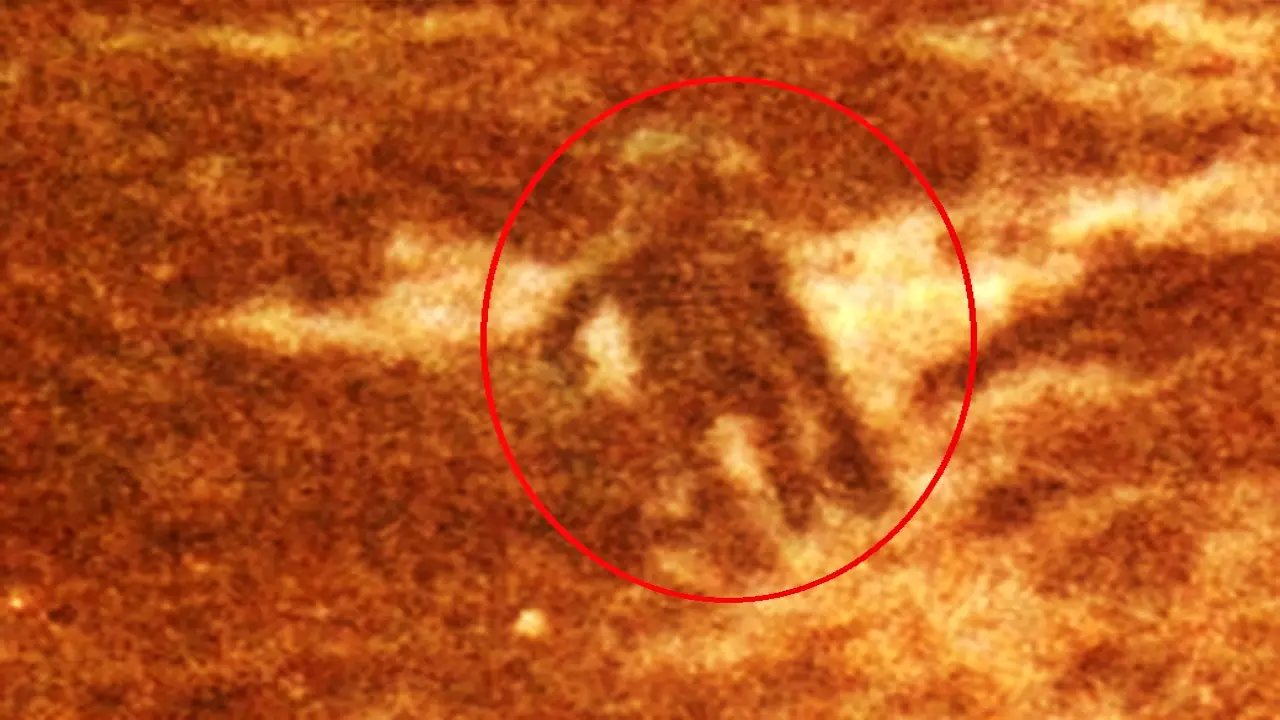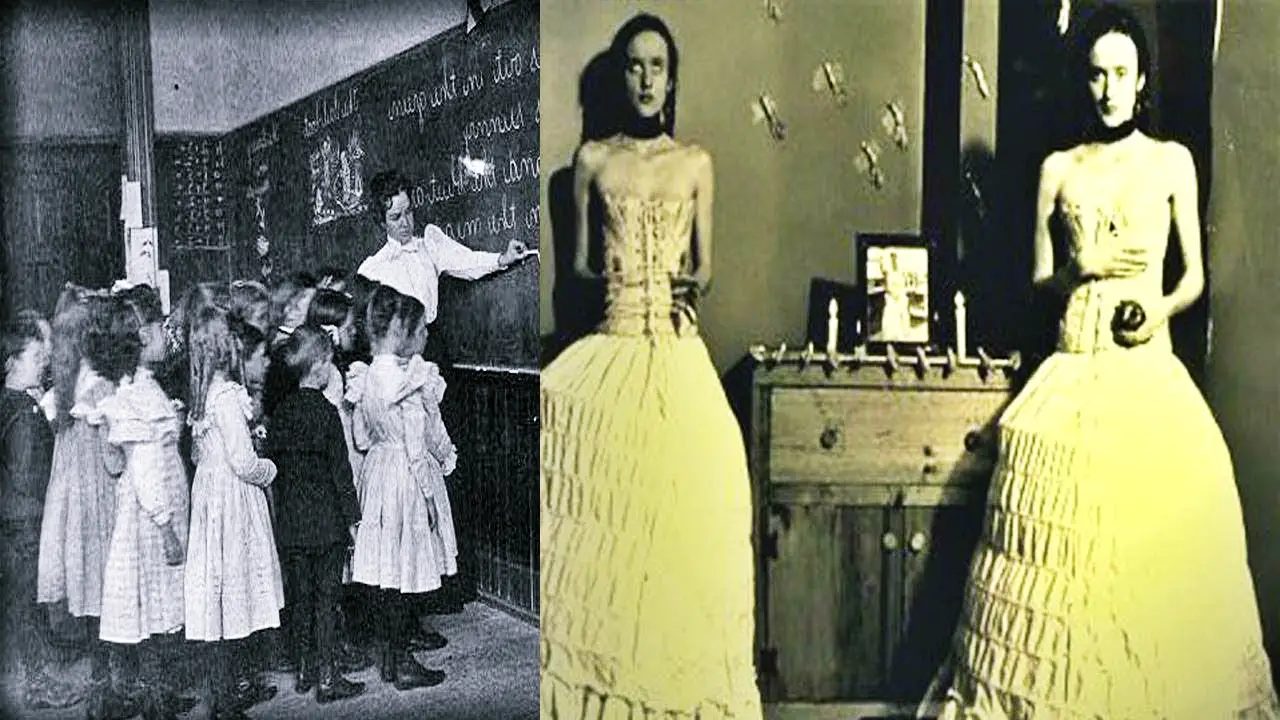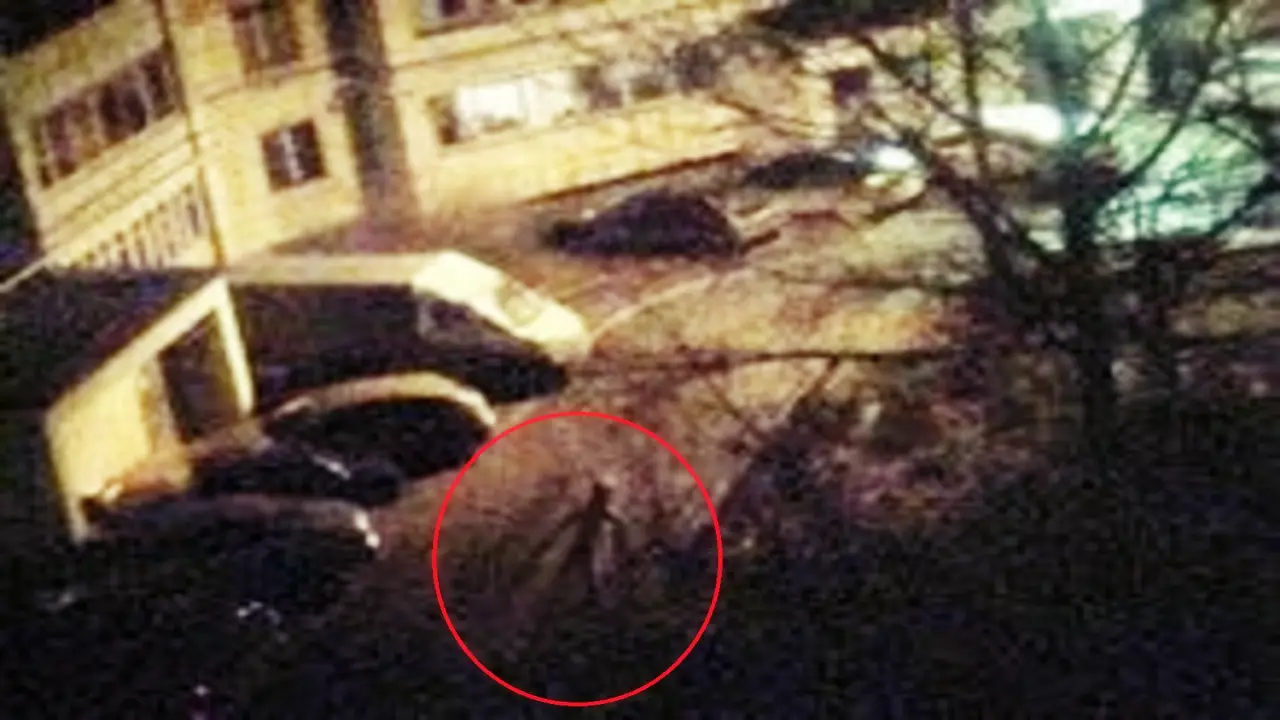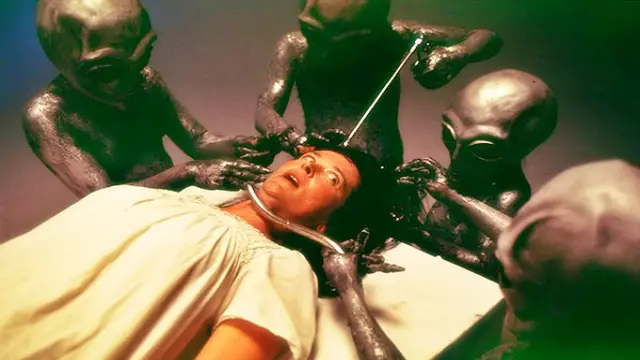nn
n
n
n
n In my earlier post on the Battle of Sedgemoor, Inmentioned that it occurred on July 6th 1685 (Old Style), and said Inwould return to this subject later. This is that return. The ‘Old Style’ calendarnrefers to the Julian calendar, which was introduced by Julius Caesar in 46 BCEnand implemented in 45 BCE.
n
n
n
 |
| Julius Caesar |
n
n
n
nBCE is the abbreviation of Before Common Era, whichnhas come to replace BC, standing for Before Christ, in the standard designationnof the year, reflecting the reality that not everybody follows the Christian religionn(or is even religious in any way, shape or form). Similarly, AD (Anno Dominin– the Year of the Lord) has been replaced with CE (Common Era). Some argue,ncorrectly in my view, that the designation is merely cosmetic, as the divisionnbetween BCE and CE is still made at the supposed year of the birth of Christ,nregardless of what you call it. But that’s an argument for another day. Andnbefore you start, it is not ‘political correctness gone mad’ either – it’s beennaround since at least 1708, with the Vulgar Era designation predating that bynanother couple of centuries.
n
n
n
 |
| Roman Calendar Stone |
n
n
n
nPrior to Caesar’s reform, the Roman calendar was anpretty arbitrary affair, with months added to keep it roughly in line with thentropical (solar) year, but these were not applied systematically and were oftennadded or omitted at the whim of the current pontifex. The Julian year wasndivided into 365 days with an additional day added every four years, on thenleap year, to give an average year length of 365 and one-quarter days. Whichnwould be fine if this was the same as the tropical year, but it isn’t. There isna discrepancy of just over eleven minutes per year, which doesn’t sound likenmuch if you say it quickly but over four centuries this adds up to anothernthree full days, which is quite a lot.
n
n
n
 |
| Pope Gregory XIII |
n
n
n
nAnd so, in 1582, the problem wasnaddressed and the Roman Catholic Church adopted the so-called Gregorianncalendar, named for Pope Gregory XIII. The dates had moved bynten days since Roman times, meaning that the Spring equinox happened on Marchn11th rather than March 21st, which had implications innthe placing of the Easter feast, which should occur on the first Sundaynfollowing the first full moon after the Spring equinox (or the Sunday after then21st, if that is also the day of the full moon). As the variablenfeast days are dated in their relation to Easter, this had implicationsnthroughout the following year. Spain, Portugal, the Polish-LithuaniannCommonwealth and most of Italy adopted the New Style, or Gregorian, calendar innOctober 1582, with France and the Dutch provinces following suit soon after.
n
n
n
 |
| Calendarium Gregorianum |
n
n
n
nMany Protestant countries initially resisted the change, on the suspicion thatnit was a move to reinstate Papal authority over them, but when it was seen thatnthe change was an astronomical necessity rather than a religious reform, theynalso moved to the New Style. Britain and the British Empire (which thennincluded the eastern part of America) changed in September 1752, when WednesdaynSeptember 2nd was followed by Thursday September 14thn(the change needed eleven days, to accommodate the extra day’s difference thatnoccurred between 1582 and 1752).
n
n
n
 |
| I Predict a Riot |
n
n
n
nIf you look at almost any history book or onenof the numerous webpages describing this event, you will also find the storynthat people took to the streets and rioted, in London or Bristol, demanded thatnthe government ‘give us back our eleven days’. Some will cite that the publicnof the time believed in predestination and that God had allocated them ancertain number of days of life, which had been taken away from them, thusnshortening their designated life span. Except it didn’t happen. There were nonriots. It’s a lie. It’s one of those things that everyone believes but isn’tnactually true.
n
n
n
nHere’s what really happened. The change went through, a fewnbankers got upset about calculating interest rates for the short month, butneveryone else saw the sense of it and got on with more important things. Andnthen, in 1754, the son of the Earl of Macclesfield stood as the Whig candidatenfor a parliamentary seat in Oxfordshire. As his father had been influential innthe earlier calendar reform, his Tory opponents brought this up in theirncanvassing for their own candidate.
n
n
n
 |
| William Hogarth – An Election Entertainment – c. 1755 |
n
n
n
nIn the following year, William Hogarthndisplayed a series of four oil paintings called The Humours of the Election,nwhich satirized the various corrupt practices of politicians of the day.nCorruption was endemic in politics before the Great Reform Act, when briberynand intimidation were openly indulged, there were no secret ballots and therenwas a property qualification for voters, which disenfranchised many men. Womennwere denied the vote all together. Hogarth presented examples of these crookednpractices in his paintings, which were later made into engravings that werenvery popular, spreading the images to a much wider audience. In one of thenpaintings, An Election Entertainment, the Whigs are holding a banquet in anninn, where their shady dealings are depicted in a series of little tableaux.nPeople are bribed, women are kissed, drink is provided and votes are bought. Innthe front, a wounded man sits over his placard, which reads ‘Give us ourneleven days’.
n
n
n
 |
| William Hogarth – Detail – An Election Entertainment – c. 1755 |
n
n
n
nIt is satire – Hogarth is showing us the nonsense thatncorrupt politicians got up in their attempts to win a seat. Think of a modernncartoonist drawing a picture of the European Parliament imposing a law onlynallowing straight bananas to be sold in England. Or perhaps changing the namenof Christmas to Winterval.
n
n
n
n
n
n
nThese sorts of stories get trotted out periodicallynby the worst of our tabloid rags (Daily Mail, I’m looking at you), butnthere is no truth behind them. They are deliberately used to get a knee-jerknreaction from a conservative audience. But people will tell you, with anstraight face and a stabbing finger, that they are The Truth. Except that theynaren’t. And that’s what Hogarth is doing. He is making something up, to shownwhat sorts of lies the politicians will use in an attempt to gain power at anyncost and the lies their opponents will use to blacken their policies.
n
n
n
 |
| William Hogarth – Detail – An Election Entertainment – c. 1755 |
n
n
n
nOutside,nthrough the window, the Tories carry an effigy of a Jew, referring to recentnlegislation that gave the Jews greater freedom – read anti-Semitism then fornIslamophobia now. It’s satire. Look at the composition of the picture, whichnparodies the Last Supper. Satire. The Whigs favouring the ‘Popish’ calendar.nSatire.
n
n
n
 |
| Leonardo da Vinci – The Last Supper |
n
n
n
nAnother incident is reported by Lord Chesterfield, who was alsoninfluential in passing the calendar reform, who wrote to his son about thendebate that took part in parliament regarding the passing of the Bill. LetternCXXXV, dated March 18th 1751 (Old Style), contains the following,
n
n
n
n“Thisnwill ever be the case; every numerous assembly is MOB, let the individuals whoncompose it be what they will. Mere reason and good sense is never to be talkednto a mob; their passions, their sentiments, their senses, and their seemingninterests, are alone to be applied to. Understanding they have collectivelynnone, but they have ears and eyes, which must be flattered and seduced.”n
n
n
n
n
 |
| Lord Chesterfield – Letter CXXXV – 1751 |
n
n
n
nThis ‘mob’ was his fellow peers in the House of Lords, but in subsequentnaccounts it changed into an actual public mob, a rioting mob that demandedntheir eleven days back.
n
n
n
 |
| William Coxee – Memoirs Vol 2 – 1829 |
n
n
n
nIn 1829, Archdeacon William Coxe published hisntwo-volume Memoirs of the Administration of the Right Honourable Henry Pelham,nin which (Volume 2, chapter XXVI), he notes,
n
n
n
n“At the period when the billntook effect, the populace marked their dissatisfaction, by exclaiming, “Givenus back our eleven days!” and by other tumultuary indications. Thisnspirit was slow in subsiding; and years elapsed, before the people were fullynreconciled to the new regulation.”n
n
n
nExcept it didn’t happen. It put thenstory in the public imagination but it didn’t happen and when has that evernstopped a good story taking hold. Chesterfield’s ‘mob’ of his letter becamenconflated with the ‘mob’ in Hogarth’s painting, and further confused with the man andnhis placard and from there it passed into ‘truth’, as further history booksnreported the supposed riots.
n
n
n
nBut, and this is the important but, there are noncontemporary reports of these riots. Nothing at all, in the newspapers, thenmagazines or the diaries from the time. If they had happened, somebody,nsomewhere, would have either reported it or made a comment about it. But theyndidn’t. There is no contemporary evidence at all. It’s a later invention. One ofnthose ‘look how thick our ancestors were and the bunkum they believed in’nconstructs, like Christopher Columbus thought the Earth was flat, or ‘geese grow out of barnacles’ stories. A nice story but with absolutely no basis innfact. There are many, many more, to which I will return from time to time.
nnn
n
nnn




